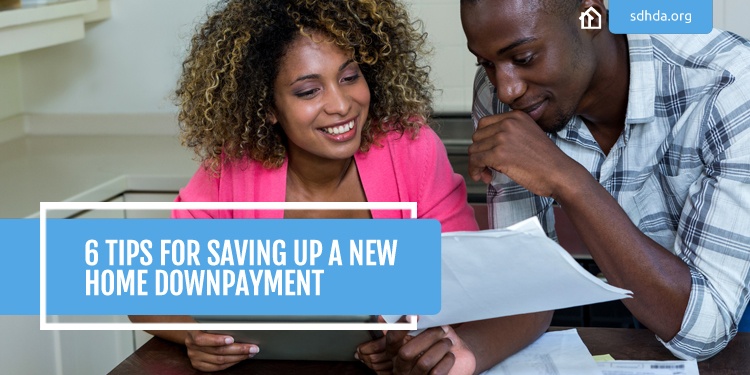
Some things in life come naturally—some just don’t. Buying a new home, especially your first, doesn’t always come naturally. If you just got done paying off your student loans or your car, for example, jumping into a new, 30-year investment plus coming up with a downpayment might seem difficult. However, a smartly thought out savings plan and a few nips and tucks to your budget here and there can have you well on your way to affording a downpayment on a new home.
Here’s how you can start saving for your downpayment.
Cut Back on Expenses
Do you have three Netflix subscriptions, an Amazon Prime account, Spotify Premium and a flurry of other expenses that you don’t need to sustain your life? Do you have to have the latest iPhone model when the current model works just fine? Perhaps you can cut out a couple of nights eating out?
We all put money into things that we find comforting, but could function without. Cutting down on these items will help you put more money in the bank to help you pay for that downpayment.
Put in Extra Work
You might already be putting in a 40-hour workweek, but the extra income from a weekend job or some overtime will build up over time. Be on the lookout for extra income-boosting opportunities—every little bit counts for the extra payoff.
Save Unexpected Income
Did you get a handsome bonus at work or sizeable tax refund? Don’t give a second thought to spending it, no matter how tantalizing. Store those bonuses, refunds and all other surprise cash infusions into your downpayment savings. You’ll be glad you did when you’re walking into your new home. Plus, these were influxes of cash you didn’t plan for and didn’t have earmarked—it’s easy to pretend they never existed by stowing them away in a savings account.
Live Small Now, Live Big Later
If you’re currently living in an apartment, you might consider downsizing to fewer bedrooms or even a studio to help cut down on current expenses. The money you save on rent payments will help pay for your house later. Trade in some space now for a lot later.
Determine What You Can Afford
The first step in saving for a downpayment is researching what you can afford. To give you an idea on home prices, according to the National Association of Relators, the median selling price of existing homes in 2016 in the Midwest was $183,400. This means 20 percent down would be $36,680. Making a 20 percent downpayment means lenders won’t require you to buy Private Mortgage Insurance, subsequently helping you keep monthly expenses down.
If putting up the funds to afford a downpayment is one of your biggest roadblocks, check out your options with SDHDA’s downpayment assistance.
Create a Savings Plan
A wise second step in saving up for a downpayment is producing a structured savings plan. Calculating your likely monthly mortgage payments and some extra for unexpected costs can give you a solid goal to save up each month. Spending your downpayment savings might be tempting. Remedy this by opening a separate savings account dedicated to your downpayment funds to help curb your temptation to spend.


